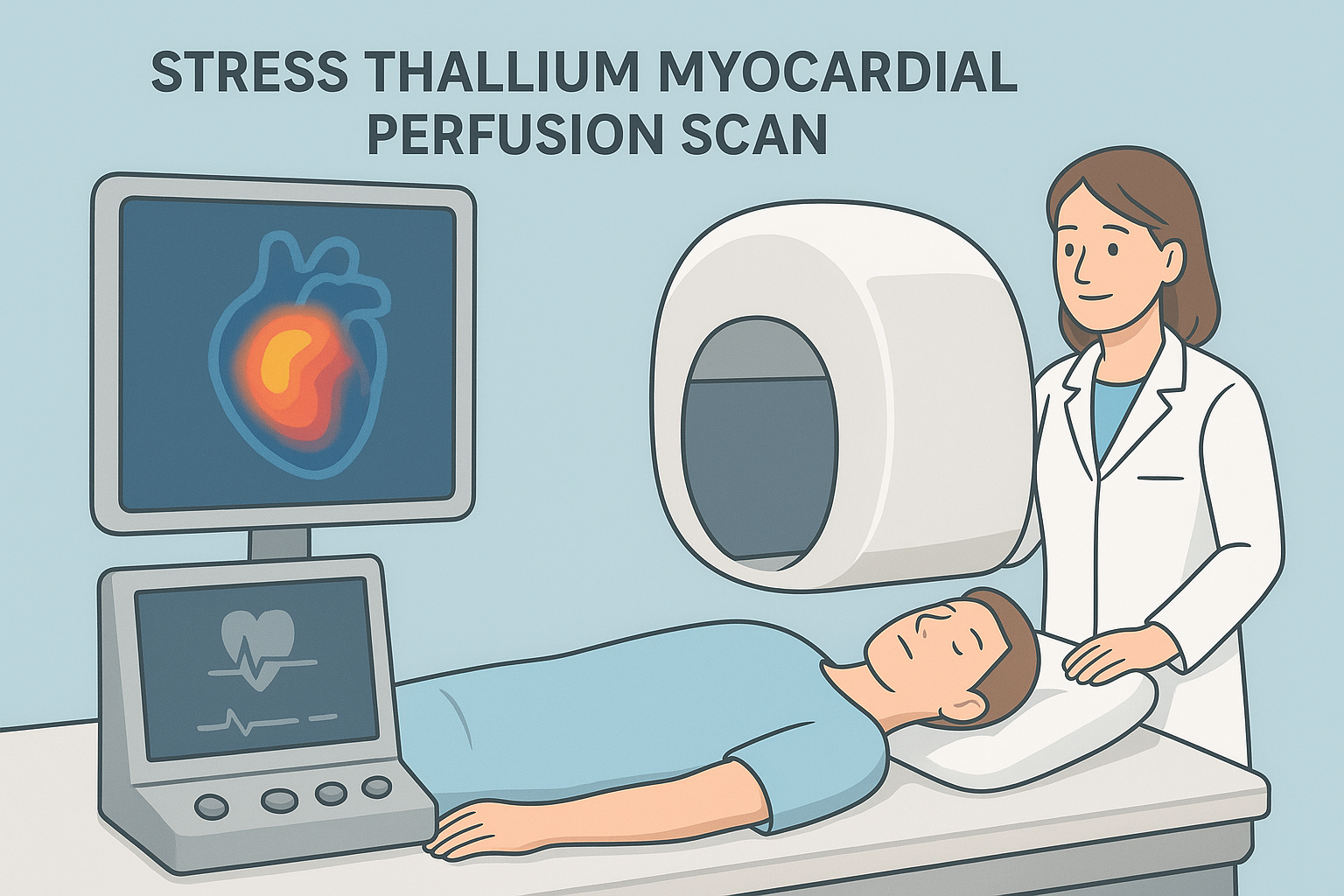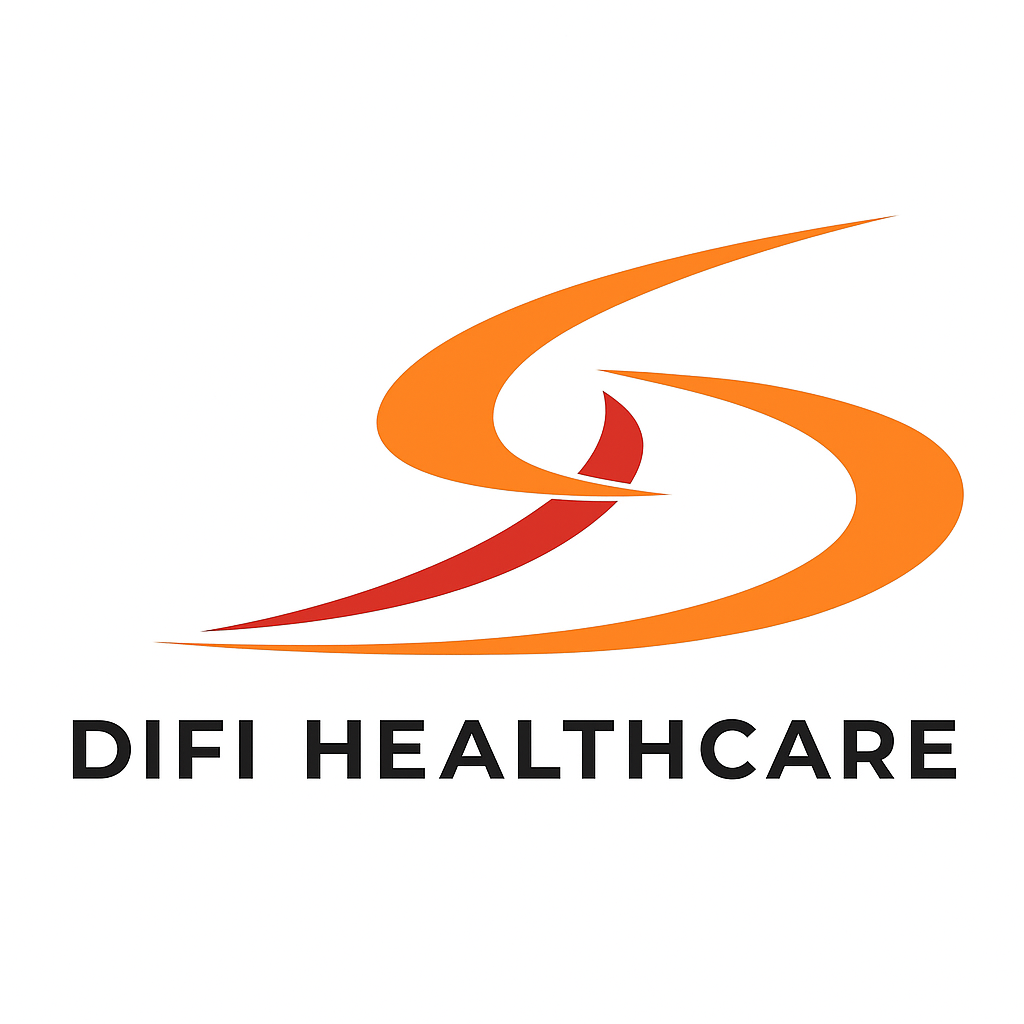Advanced Nuclear Imaging for Accurate Heart Function Analysis
A Stress Thallium Myocardial Perfusion Scan is a specialized nuclear medicine test designed to evaluate how well blood flows to the heart muscles (myocardium) during both rest and stress conditions. This test helps detect coronary artery disease (CAD), previous heart attacks, and other issues affecting the heart’s blood supply. At DIFI Healthcare, we use the latest gamma camera technology and Thallium-201 radiotracer to deliver precise, high-resolution images of the heart. The procedure is completely safe, non-invasive, and highly reliable, making it a trusted diagnostic tool for cardiologists.
Preparation Guidelines
To ensure the most accurate results:
- Avoid caffeine, smoking, and alcohol for 24 hours before the test.
- Do not eat or drink (except water) for 4 hours before the scan.
- Inform your doctor about medications or heart treatments you are currently taking.
- Wear comfortable, loose-fitting clothing suitable for mild exercise.
- If you are pregnant or breastfeeding, notify the technician before the test.

Key Benefits of Stress Thallium Myocardial Perfusion Scan
- Early Detection of coronary artery disease before major symptoms occur.
- Non-Invasive & Safe — no surgical procedures or recovery time required.
- Precise Evaluation of heart muscle function and blood circulation.
- Monitors Treatment Progress after stent or bypass surgery.
- Guides Future Heart Care Plans with accurate and visual data.
How the Scan Works
A small amount of Thallium-201 radiotracer is injected into your vein.
- You will either walk on a treadmill or receive medication that simulates physical stress.
- A gamma camera captures heart images during stress and rest phases.
- These images are compared to assess blood flow differences and tissue damage.
- The entire test typically takes 2–4 hours, and patients can resume normal activities soon after.
Purpose of the Test
The Stress Thallium Scan helps your doctor determine:
- The health of heart muscles and blood flow during exercise or stress.
- Areas of the heart with reduced blood supply or scar tissue from a previous heart attack.
- The effectiveness of treatments like angioplasty or bypass surgery.
- Whether chest pain, fatigue, or breathlessness are due to coronary artery blockages.
